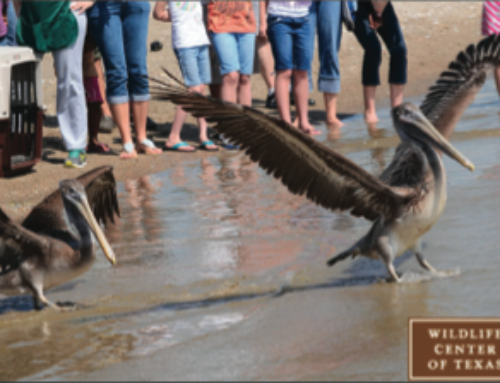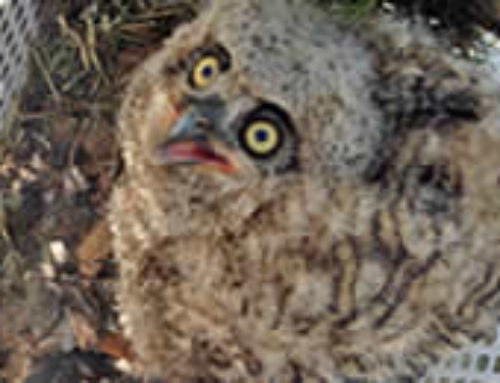 The Least Sandpiper (Calidris minutilla) is the smallest member of the grouping known as “Shorebirds”. When one thinks of a sandpiper (or peeps as they are known to birders) the image of a little bird with long legs running to and from the water as the waves lap the beach often comes to mind. But most peeps don’t live at the beach and only a very few nest there.
The Least Sandpiper (Calidris minutilla) is the smallest member of the grouping known as “Shorebirds”. When one thinks of a sandpiper (or peeps as they are known to birders) the image of a little bird with long legs running to and from the water as the waves lap the beach often comes to mind. But most peeps don’t live at the beach and only a very few nest there.
Sandpipers are a highly diverse family which includes the snipe, curlew, stint, woodcock and the highly pelagic Red Phalarope Phalaropus fulicarius. Encompassing over 200 species, identification of individual species can be very difficult. This is complicated further if you don’t know if the bird is a juvenile, sub-adult or adult. So the identification rests not only on what the bird looks like, but also on the knowledge of what age sandpipers are seen at that geographical location at each season and their behavior (how they feed, where they feed, is it in a flock). For example, if you see a sandpiper foraging in the grass – it probably isn’t a peep, but a type of plover called Killdeer. Knowing the habits of peeps in the area can be crucial to identification. The population estimates of the Least Sandpiper are probably underreported since they tend to get lumped in with other small sandpipers.
The data amassed to help scientists differentiate between the sandpiper species is astounding, yet a solitary bird will often be misidentified. Least Sandpiper 101…Look for a sandpiper that is about five inches tall (that’s really small!), has yellowish legs and is by itself or with a small group. Look near or just inside the vegetation line on mudflats as the Least Sandpiper doesn’t usually feed as near the waterline as other sandpipers. Least Sandpiper don’t tend to gather in large flocks like many other peeps. The voice is a kree or jut.
Their breeding habitat is the northern North American continent, including most of Alaska on tundra or in bogs. The nest consists of a shallow scraped out bowl lined with grass and moss in the ground near water. During the initial incubation of the eggs, the female is much more commonly found on the nest, towards the middle, it will be the male that is most often found on the nest. By the time the eggs hatch, mom may have already left. She will certainly leave before the babies fledge at two weeks of age. This shift from primarily female care to male is an interesting division of labor. Many raptor species have the female sitting on the nest or caring for the young while the male provides food for her, other species share the time on the nest more or less equally, while birds such as the Emperor Penguin leave almost all of the incubation to the males and the females feed the hatchlings.
Least Sandpipers that migrate to coastal regions can often be found along tidal creeks, salt marsh edges, and mudflats. Rarely are they seen on sandy ocean beaches. Least Sandpiper that migrate to inland locations inhabit small, shallow ponds, sandy riverbanks and lakeshores. These little birds are adaptable and because they don’t congregate in large groups, they are not as vulnerable to habitat degradation. So the next time you see a peep, think of the monumental migration this little bird makes each year to perpetuate the species.






“stent” = stint
Neat to know about the adults swapping out the nest duties!